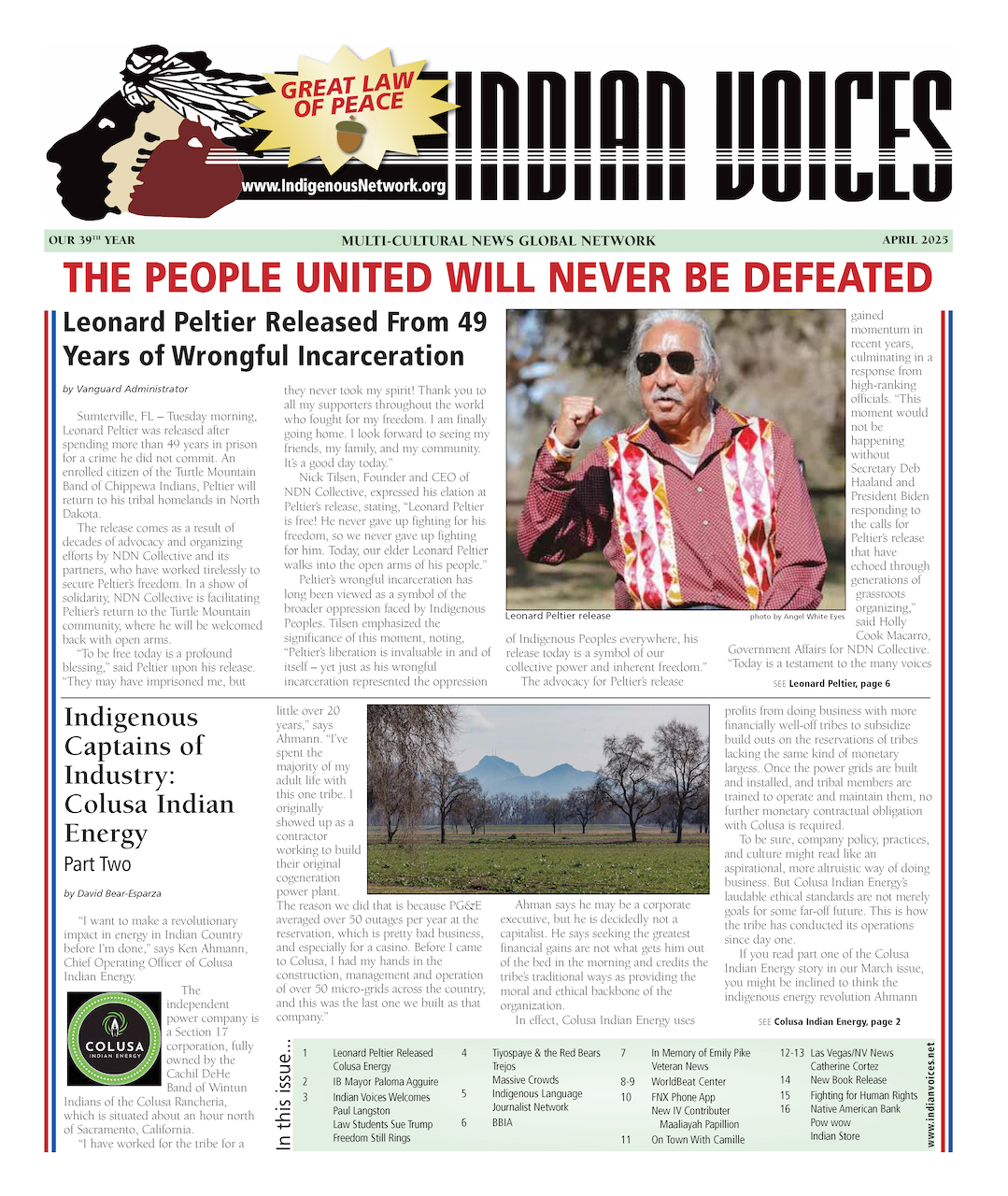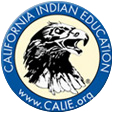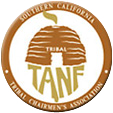by Levi Rickert, editor-in-chief in Native Currents.
Forty years before the “Idle No More” peace movement, there was the American Indian Movement. Just as the Idle No More Movement has in recent months instilled tremendous pride in the First Nations peoples across Canada and arguably indigenous peoples globally, the American Indian Movement instilled incredible pride in American Indians in the United States 40 years ago.
Remembering Wounded Knee - 40 Years AgoYesterday was the 40th anniversary of the beginning of the 73 day occupation of Wounded Knee led by the American Indian Movement Yesterday, Dennis Banks and Clyde Bellecourt were back at Wounded Knee to remember and celebrate. Sadly, Russell Means walked on in October and was honored later in the day in a different venue on the Pine Ridge Indian Reservation.
Under a brilliant blue sky and cold temperatures, wearing a black parka over a black hoodie to keep warm, 75 year-old Banks stood not far from where he helped lead the largest American Indian rebellion against the United States government during the last 100 years.
Remembering Wounded Knee - 40 Years Ago Milo Yellow Hair with AIM cofounder Dennis Banks He was there with other 1973 Wounded Knee warrior veterans. He was there with a new generation of American Indians who were not even alive 40 years ago.
Four groups American Indians of several generations walked in from all four directions carrying American Indian flags and tribal nations’ flags. Others formed a caravan to get to Wounded Knee. They came to remember what happened at Wounded Knee forty years ago.
The names of Dennis Banks, Russell Means and Clyde Bellecourt became well known among American Indian people across America.
Back then, while other teens looked up to baseball and football players, Native teens looked up to these men because their willingness to become warriors, along with other men and women who were at Wounded Knee. In short, they ignited American Indian pride. The American Indian Movement leaders were our new heroes.
Average Americans had John Wayne to look up to in movies. In real life, American Indians had Dennis Banks, Russell Means, Clyde Bellecourt and others to admire.
These warriors gained the admiration of American Indians in Indian country because they stood up to a corrupt tribal government headed by Dick Wilson and a corrupt federal government headed by Richard Nixon.
The American Indian Movement allowed for Americans to get past the Disney version of Indian chiefs galloping through the dusty prairies on horseback wearing long war bonnets. The 1973 Wounded Knee warriors-American Indian Movement members-wore blue jeans, cowboy boots, head bands and carried guns.
Why the guns?
Forty years ago, what commenced at Wounded Knee was nothing short of warfare against Indian warriors. The United States government deployed military tanks and tested weapons at Wounded Knee that would later be used in other parts of the world by the US military. American Indians appropriated the term warriors for those American Indians at Wounded Knee. The media referred to them as militants.
In the end, it was reported that more than 35 tanks, over 130,000 rounds of ammunition were fired into occupied Wounded Knee. Military helicopters and jets flew overhead. Most nights were filled with gunfire into the cordoned off town from federal marshals and National Guard members.
It can be argued that prior to the 1973 occupation of Wounded Knee, it was not popular to be an American Indian in American society. The longer the siege lasted, the pride of being an American Indian tribal member intensified for Indians throughout America.
While the occupation at Wounded Knee did not solve all of the problems faced by American Indians, it did usher in a new chapter for American Indians because it helped to open the eyes of Americans who pretty much ignored Indians up to that point.
So, they came to remember what happened at Wounded Knee 40 years ago.
The current generation has the Idle No More peace movement that has spread into the United States. We still remember the men and women of Wounded Knee led by the American Indian Movement.






